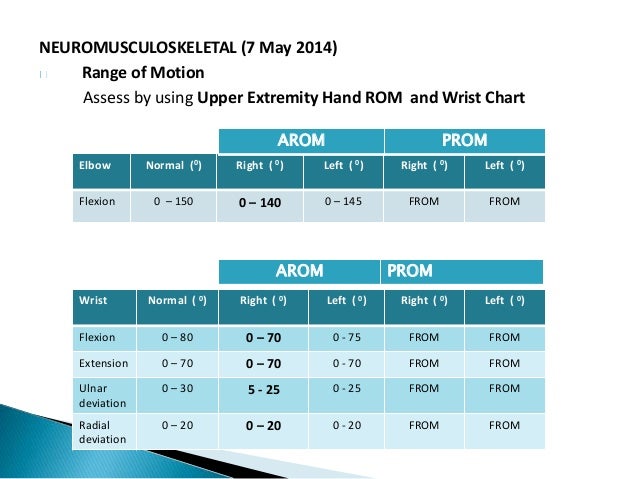

Less severe fractures will be treated by conservative (nonsurgical) treatment. If a fracture is detected, it doesn’t mean you’ll need surgery. Time of travel to an emergency room would also be taken into account. This is to prevent injury to the soft tissues that may cause a delay of surgery, or worse damage.Ī darkening of the color of the foot, indicating restriction of blood flow, is one sign that such a measure may be needed. If there’s obvious internal damage and dislocation of the joint, an emergency physician or paramedic may attempt to set (reduce) the joint on the spot. If fracture is suspected, emergency medical personnel will stabilize the ankle with a splint. Learn more about first aid for broken bones and fractures. Icing isn’t recommended for a serious fracture with dislocation, as the cold could injure the soft tissues. If there is a wound, it should be covered with wet sterile gauze. It’s important to seek emergency treatment quickly when an ankle fracture of any type is suspected. But, a small number of fractures may be missed when the Ottawa rules are followed. Studies have shown that following the Ottawa ankle rules catches the vast majority of ankle bone fractures, and saves money and time in the emergency room. The Ottawa ankle rules also help determine whether X-rays of the foot are needed as well. You can’t stand on your ankle just after the injury, and you can’t walk four steps at the time you’re examined by the doctor.Examination shows there’s pain around the malleolus and at specific points on the tibia or fibula (leg bones).Under these rules, ankle X-rays are only taken if: The Ottawa ankle rules were developed in the 1990s in an attempt to reduce the cost and time burden on hospital emergency rooms. When the swelling isn’t severe and the ankle can bear weight, it’s very unlikely to be a fracture.Ī medical protocol called the Ottawa ankle rules is often used to help doctors determine if X-rays are needed. There’s some controversy over whether X-rays are needed to determine if the ankle injury is indeed a fracture. Your doctor will diagnose your ankle by physical examination and manipulation of the ankle, possibly followed by X-rays. These fractures often occur in sports involving a sudden change of direction. The peak age for injury is 11 to 12 years. Slightly more than half of all adult ankle fractures are the result of falls, and 20 percent are due to auto accidents.Īnkle fractures are also a common childhood injury.

These fractures are more common in women ( nearly 60 percent) than men. Stress fractures of the medial malleolus can be hard to detect.Īnkle fractures are among the most common fractures in adults, and the medial malleolus is often involved.
#CLOSED DISPLACED FRACTURE CRACK#
When the bone develops a crack or breaks, but the parts don’t move away from each other, it’s called a “stress” or hairline fracture. It may also involve injury to a ligament of the leg. But a medial malleolus fracture is more often part of a compound injury involving one or both of the other ankle parts. When a medial malleolus fracture occurs by itself, it’s called an “isolated” fracture. The other two are the lateral and the posterior malleolus. The medial malleolus is the largest of the three bone segments that form your ankle. It’s actually not a separate bone, but the end of your larger leg bone - the tibia, or shinbone. You probably know the medial malleolus as the bump that protrudes on the inner side of your ankle.


 0 kommentar(er)
0 kommentar(er)
